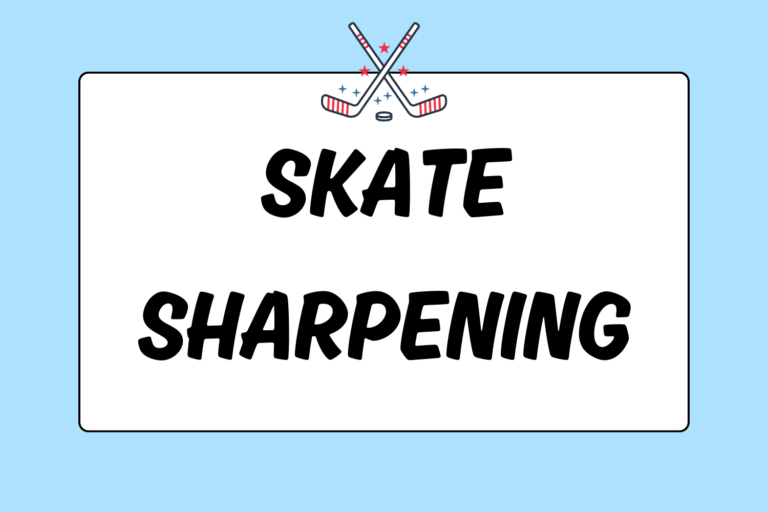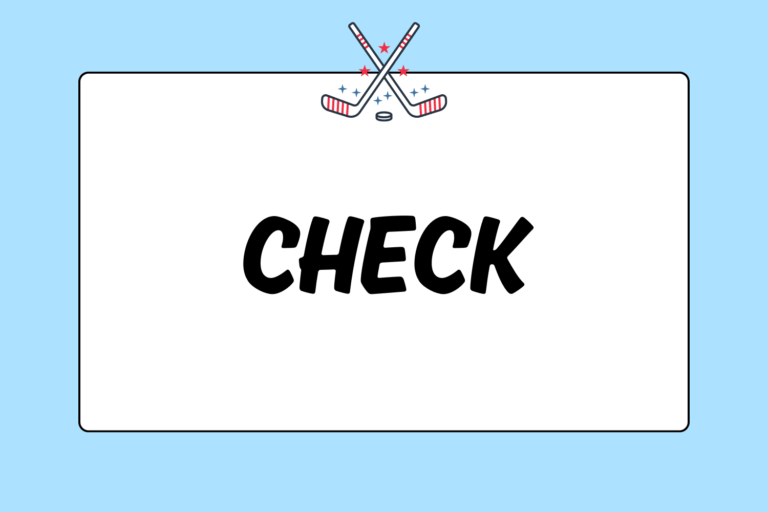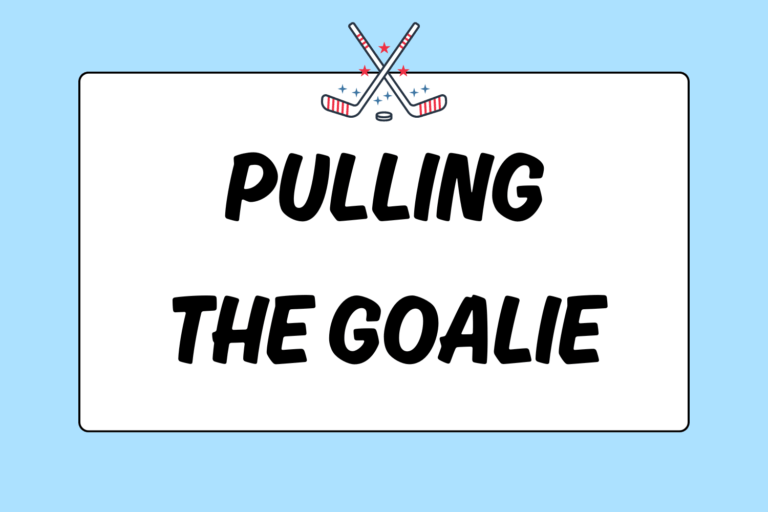The snap shot involves the least amount of motion of any shot in ice hockey. Goalies have an extremely hard time guarding against the snap shot, because it is has the quickest and sneakiest release of any shot in the game. For the most part, snap shots are fired before the goalie or defense can react.
Simply put, the snap shot is a hybrid of a wrist shot and a slap shot. It has a short backswing, but plenty of forward motion. The stick won’t flex like it does during a slap shot, but a snap shot’s power comes from the sudden contact between the stick blade and the puck.
This guide outlines how to take a snap shot, the best situations to use it in, and a few ways you can perfect your technique.
Snap Shot Mechanics
Follow these steps when first learning the snap shot:
- Stand with your feet about shoulder-width apart. Your top hand should be on the butt end of your stick, and your bottom hand should be slightly more than shoulder-width distance down the shaft.
- Start with the puck stationary, and in line with your back leg.
- Bring your stick back slightly past your hind leg. Remember, the key to the snap shot is quick release: Winding up too much negates the shot’s effectiveness.
- Quickly bring your stick forward while keeping the blade along the surface of the ice. During this movement, your weight should transfer to your lower hand.
- Let the puck separate slightly from your stick as you bring it forward. The puck should be positioned a few inches ahead of your stick while both continue moving forward.
- Hit the puck with the middle of your blade. The “snap” comes from your bottom hand, because your wrist should quickly turn up at the point of release.
- Finish your follow-through by shifting your weight to your front leg. Point the blade of your stick toward your target.
When to Take a Snap Shot
Take a snap shot when you are shooting into traffic or through a screen, or any time you want to surprise the goalie. Effective snap shots happen so quickly that a goalie rarely has time to properly react. Try to catch him off-guard.
Positives
Snap shots are very quick and sneaky. They take the least amount of time to release, which makes them unpredictable and a good shot for a variety of situations.
Negatives
They are not as accurate as a wrist shot or as fast as a slap shot. Additionally, snap shots are very technical, and take some time to master.
Tips for Practicing Snap Shots
The best piece of advice for learning the snap shot is to take it slow and learn the mechanics of the shot first. Focus on adding speed once you understand the proper technique.
If you’re new to the snap shot, take a bunch of pucks and head to the sideboards. Start going through the movements of the shot — literally in slow motion. A proper snap shot requires excellent timing. This timing is best learned at less than game speed.
As you start to get your timing down, slowly add speed. Practice shooting pucks against the boards without a target until you get the motions down. Then worry about accuracy and power.
Snap to It
In many ways the snap shot is the best of all worlds: It’s reasonably fast, decently accurate, and deceptively quick on the release. It’s a very valuable shot for players of all levels to learn and integrate into their games. Perfect the snap shot, and your hockey career will be long and glorious!





